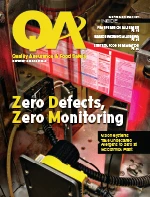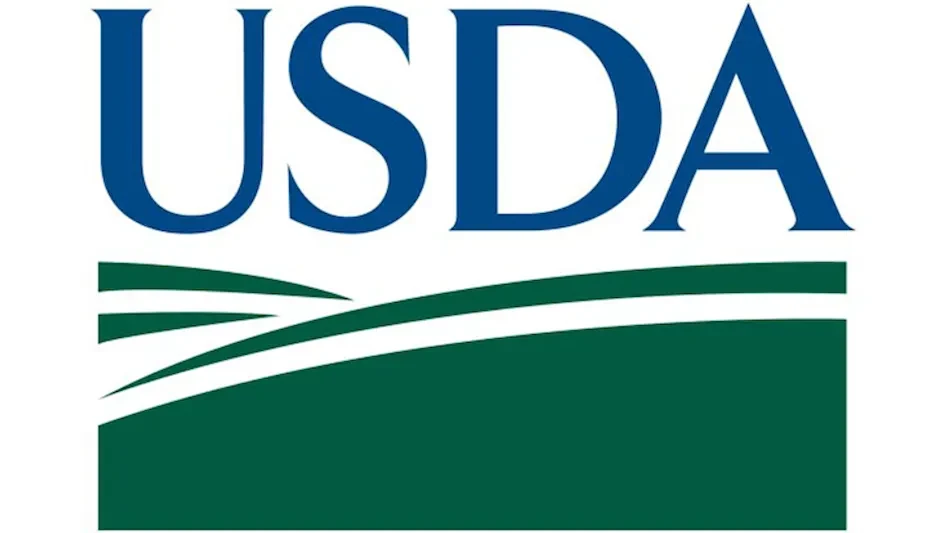Canada. The Canadian Food Inspection Agency regulates packaged food labeling:
- The priority allergens must be listed on the label, or the product is subject to recall.
- The primary ingredients are listed by name, except for oils (only peanut oil must be specified), fats, colors, and flavors.
- It is proposed and recommended that the plant source be identified by the common name for each of the following foods: hydrolyzed plant protein, flour, gluten, starch, and modified starch. This is not, however, a regulation, and labeling exemptions under the Food and Drug Regulations still include seasonings, flavorings, colors, hydrolyzed plant protein, lecithin, starch, some items that compose less than 5 percent to 10 percent of the product, sources of cross-contact during processing, and sources of domestic oils (except peanut, which must be declared).
- New food labeling regulations are currently under review by Health Canada.
European Union Labeling regulations are set by the European Union (EU):
- All ingredients must be listed in descending order of weight, unless they are exempt processing aids whose presence in the food is due solely to the fact that it was contained in an ingredient of the food and has no specific function in the finished product.
- Ingredients must be declared by their legal name. If there is no legal name, a customary name or a name that accurately describes the ingredient must be used.
- Additives are listed by name, serial number (“E” number), or both.
- Ingredients of flavorings are not required to be listed individually.
- Single-ingredient foods, such as fresh fruits and vegetables, and foods sold for immediate consumption do not have to list an ingredient statement.
- The EU has created the following list of allergens that must be declared when they appear in packaged food: Cereals containing gluten, Crustaceans, Egg, Fish, Peanut, Tree nuts, Soybean, Milk, Celery, Mustard, Sesame seed, Sulfur dioxide and sulfites at concentrations of more than 10 mg/kg or 10 mg/liter expressed as SO2, Lupine, Mollusks
Germany. Germany follows the labeling regulations set by the European Union (EU) in EU Guideline 2003/89/EG. Since November 25, 2005, all packaged food that is produced in Germany has to follow the updated version of the food labeling regulations:
- The 13 main food allergens must be listed: gluten-containing cereals, shellfish, fish, egg, peanut, soy, milk, tree nuts, celery, mustard, sesame seed, lupine and mollusks. Products derived from these allergens must be named without exception if used as an ingredient. In addition, sulfite must be listed if more than 10mg/kg is used.
- If the legal name of the product identifies the use of an allergen, it does not need to be listed with the ingredients.
- If an ingredient derived from one of the main food allergens is considered free of any allergenic protein, it does not have to be listed (every exception is assessed by the European Food Safety Authority; e.g., glucose syrup from wheat starch).
- Food for direct consumption and loose products are not included in labeling regulations.
- The unintended presence of food allergens in products via cross-contact is not covered under the labeling regulations. Manufacturers can voluntarily label these ingredients with “May contain” statements. There are no guidelines for the use of these statements so far.
Australia. Food Standards Australia New Zealand (FSANZ) regulates packaged and unpackaged foods in Australia and New Zealand. The FSANZ Food Standards Code 1.2.3 has been operational from December 20, 2002.
- Under the FSANZ Food Standards Code, crustaceans, egg, fish, milk, tree nuts, sesame seed, peanut, soy, gluten-containing cereals, and products derived from them must be named on the ingredient list at all times, without exception.
- The cutoff for all other component ingredients is 5 percent, and ingredients are listed in descending order of weight.
United States. In the United States, the Food and Drug Administration (FDA) regulates packaged food. FDA regulations require that protein-containing ingredients derived from the top eight allergens (milk, egg, wheat, peanut, soy, tree nut, fish, and crustacean shellfish) be identified by their common or usual name.
- When scientific ingredient names are used, the law requires manufacturers to list the common term in parentheses next to the scientific term, for example “casein (milk),” or to provide a “Contains” statement of each major allergen in the product directly after or adjacent to the ingredient list.
- Such ingredients must be listed even if they are present in colors, flavors, or spice blends. Additionally, manufacturers must list the specific nut or seafood that is used (e.g., almond, walnut, cashew; or tuna, salmon, shrimp, or lobster).
- The law makes an exception for highly refined oils, such as peanut oil and soybean oil. Highly refined oils are not labeled as allergens.
- Allergy warnings such as “May contain…” or “Manufactured in a facility…” are voluntarily used by some food manufacturers. There are no regulations for the use of these statements. However, the intent of the messages is to alert you to a risk. Avoid products with these warnings.
This article is extracted from Food Allergy Around the World, compiled by the Food Allergy and Anaphylaxis Network (FAAN). The full article is available at www.foodallergyalliance.org/foo.html.

Explore the December 2012 Issue
Check out more from this issue and find your next story to read.
Latest from Quality Assurance & Food Safety
- Bird Flu: What FSQA Professionals Need to Know
- Registration Open for 129th AFDO Annual Educational Conference
- Frank Yiannas, Aquatiq Partner to Expand Global Reach of Food Safety Culture
- World Food Safety Day 2025 Theme: Science in Action
- Ancera Launches Poultry Analytics System
- USDA Terminates Two Longstanding Food Safety Advisory Committees
- Catalyst Food Leaders Announces Virtual Leadership Summit for People in Food
- Food Safety Latam Summit 2025 Set for Mexico City





